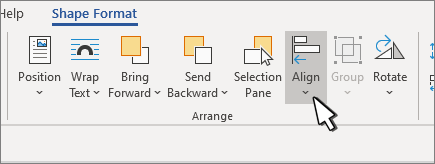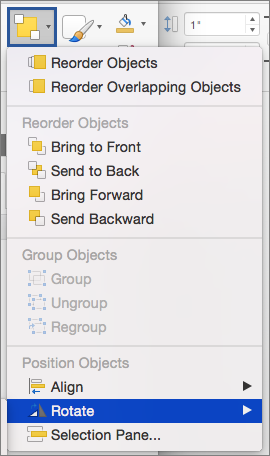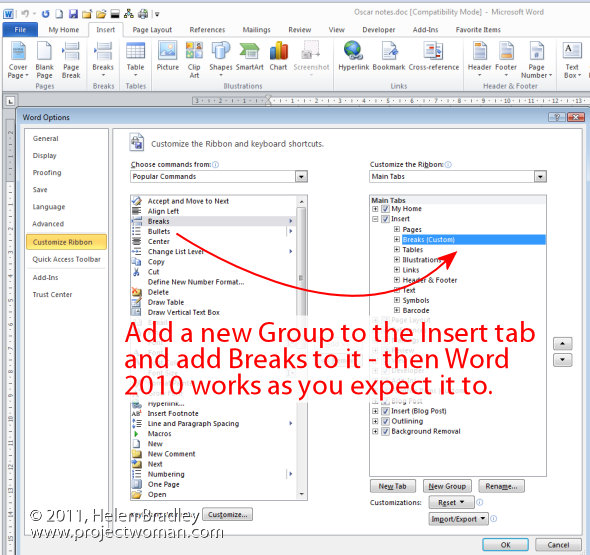

- #Word for mac 2011 group text box and picture for mac os#
- #Word for mac 2011 group text box and picture software#
- #Word for mac 2011 group text box and picture Pc#
- #Word for mac 2011 group text box and picture windows#
It fulfilled a need for a word processor that was more capable than MacWrite.
#Word for mac 2011 group text box and picture for mac os#
įollowing the precedents of LisaWrite and MacWrite, Word for Mac OS added true WYSIWYG features. It was also notable for its very fast cut-and-paste function and unlimited number of undo operations, which are due to its usage of the piece table data structure. This was made easier by Word for DOS having been designed for use with high-resolution displays and laser printers, even though none were yet available to the general public.
#Word for mac 2011 group text box and picture software#
In 1985, Microsoft ported Word to the classic Mac OS (known as Macintosh System Software at the time). However, Microsoft steadily improved the product, releasing versions 2.0 through 5.0 over the next six years. It was not initially popular, since its user interface was different from the leading word processor at the time, WordStar. Advertisements depicted the Microsoft Mouse, and described Word as a WYSIWYG, windowed word processor with the ability to undo and display bold, italic, and underlined text, although it could not render fonts. Unlike most MS-DOS programs at the time, Microsoft Word was designed to be used with a mouse. That year Microsoft demonstrated Word running on Windows.
#Word for mac 2011 group text box and picture Pc#
Free demonstration copies of the application were bundled with the November 1983 issue of PC World, making it the first to be distributed on-disk with a magazine. Its name was soon simplified to Microsoft Word. Microsoft announced Multi-Tool Word for Xenix and MS-DOS in 1983. Simonyi started work on a word processor called Multi-Tool Word and soon hired Richard Brodie, a former Xerox intern, who became the primary software engineer. In 1981, Microsoft hired Charles Simonyi, the primary developer of Bravo, the first GUI word processor, which was developed at Xerox PARC. Main article: History of Microsoft Word Origins
#Word for mac 2011 group text box and picture windows#
Subsequent versions were later written for several other platforms including IBM PCs running DOS (1983), Apple Macintosh running the Classic Mac OS (1985), AT&T UNIX PC (1985), Atari ST (1988), OS/2 (1989), Microsoft Windows (1989), SCO Unix (1990), and macOS (2001).Ĭommercial versions of Word are licensed as a standalone product or as a component of Microsoft Office 365, or Microsoft 365 Premium subscription, Windows RT or the discontinued Microsoft Works suite. It was first released on October 25, 1983, under the name Multi-Tool Word for Xenix systems.

This one's awkward enough that I'd probably use a quick click and drag instead.Microsoft Word is a word processor developed by Microsoft. This is another awkward keystroke combination that selects from the current insertion point to the beginning or the ending of the current window (what you see on the screen), respectively. This combination selects from the current position to the beginning or ending of the current paragraph, depending on whether you press the up or down arrow, respectively. Use this combination to select from the current position to the right or left of the current word, depending on whether you press the right or left arrow, respectively. (I probably use this one more than any other besides click and drag - it's great for applying the same format to several spots.) Then, hold down while you select the next, and the next, and the next - use it to select two or several non-contiguous areas. To select two noncontiguous blocks of text, select the first bit of text. While holding down, click and drag up or down. This combination selects a vertical block. Then, hold down the key and click a second time at the opposite end of the block. To select a block of text, click at one end of the block. To select a sentence (not just a line), hold down and click any place within the sentence. Word will stop selecting when you stop dragging.

If you drag while holding down the mouse, Word will select multiple lines, even paragraphs. This selection method is similar to the previous one.

You can also press ++, but doing so is a bit awkward. When you see the insertion pointer turn into an arrow pointer, click. To select an entire line, move the cursor into the left margin. Word will select to the left and right of the cursor, until it encounters a space character.Ī triple-click selects the current paragraph. To select the current word, double-click it. Similarly, + selects everything from the insert point to the last character to the right. Pressing + selects everything from the insertion point to the left margin in the current line. To move one character or one line at a time, hold down the key while pressing the right and left arrow keys and the up and down arrow keys, respectively.


 0 kommentar(er)
0 kommentar(er)
